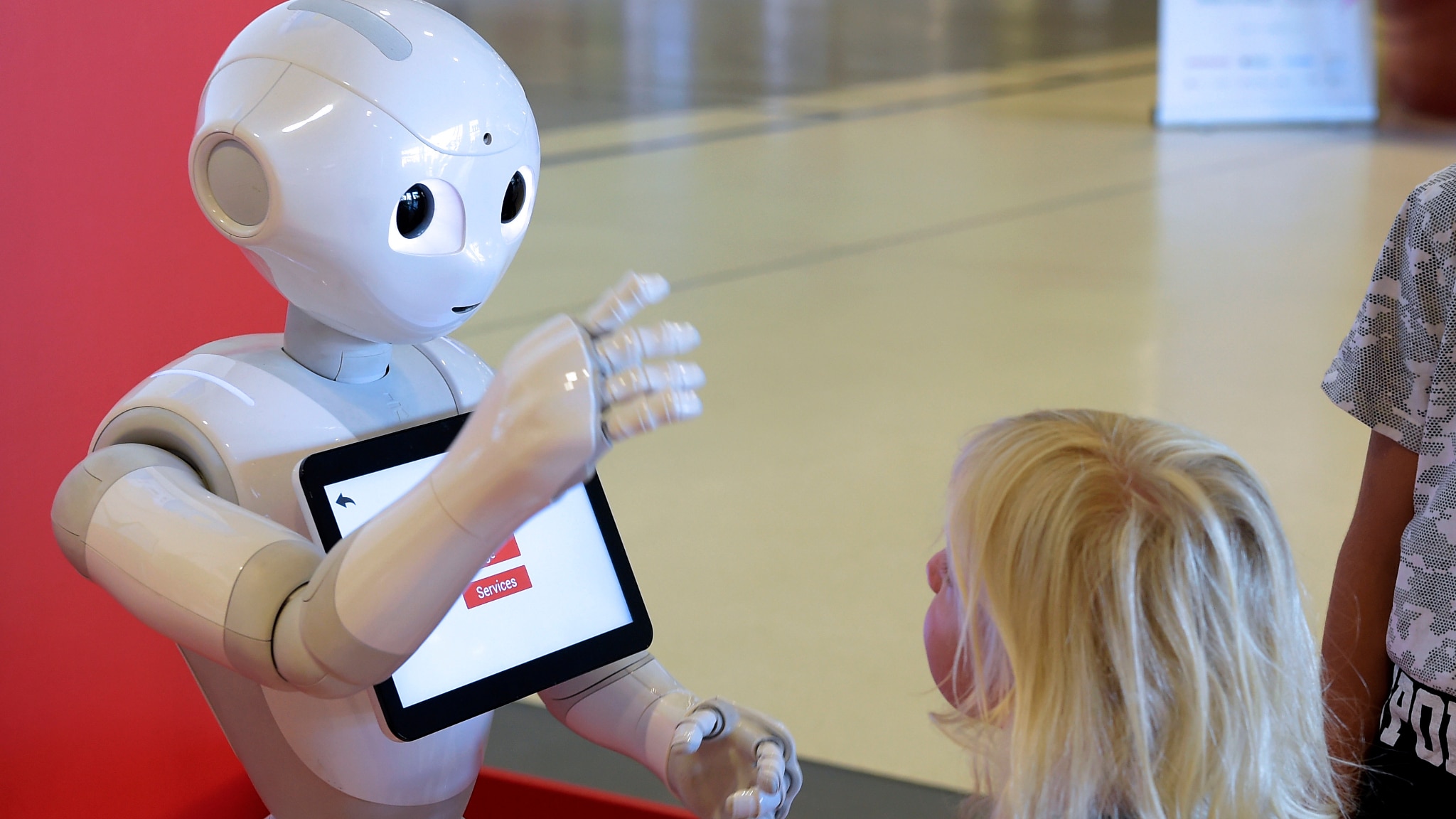The idea is to be able to virtually bring seriously ill children to class.
Stretch is the name of the robot that allows these children to see, hear and talk with the teacher and classmates as if they were present at school.
Designed for remote controls by doctors in hospitals or by corporate managers to connect to remote facilities, this telepresence robot could now also arrive in schools to help children with chronic and disabling diseases.
In addition to attending classes as if they were in the classroom, children will be able to chat with friends and 'join' their peers for lunch, choir or playtime.
Veronica Ahumada, from her personal story the idea
The researcher Veronica Ahumada
who studies health informatics and human-robot interactions at the University of California (UC)
has firmly believed in the project and has been carrying it forward for some years, before the pandemic .
Ahumada is well acquainted with the experience of chronically ill children.
Congenital heart defects that weren't diagnosed until adulthood kept her at home for weeks in elementary school.
She was too weak to do more than read or doze on the sofa, waiting for her two brothers to come home with her teacher's homework.
The days were lonely and painfully boring.
Ahumada, however, was lucky: her own illness subsided with middle school and her childhood normalized.
She went to college and eventually got a job at the Montana Department of Public Health and Human Services.
She soon found herself reflecting on technology and her lonely childhood that led her to seek a solution.
After securing funding, he has partnered with health robotics Laurel Riek at UC San Diego since 2020 to design a machine with features tailored for children, including speakers that can transmit sound through the din of a classroom, a "arm" for reaching and grasping and a child-friendly user interface.
Over the next year, based on Ahumada's studies, she and Riek will establish the characteristics a child needs to feel present and engaged in learning.
The remote students themselves will test their prototypes.
"These guys are the pros," Ahumada says. Long before the pandemic, before many families thought about virtual school, "they were already the pioneers"
.
"We have never in the history of the world had the opportunity for children with these serious medical conditions to go to school with their peers," assures Ahumada.
Children who use technology have called it a "life change"
thanks to the social connections it allows.
But researchers have not yet proven that these tools help academically, socially or emotionally.
And the technology itself has limitations: Robots weren't designed for kids, and they don't work well in schools with patchy Wi-Fi.
Ahumada is "trying to figure out how to overcome these obstacles".
With the aim of delving into how best to integrate with telepresence robots in classrooms, she and her colleagues probed how dozens of children with different illnesses, along with their families, classmates and teachers, interact with the devices.
Additionally, the researchers are planning to join forces with doctors to define whether the benefits children report in studies translate into gains in mental health, grades, or other measurable areas.

